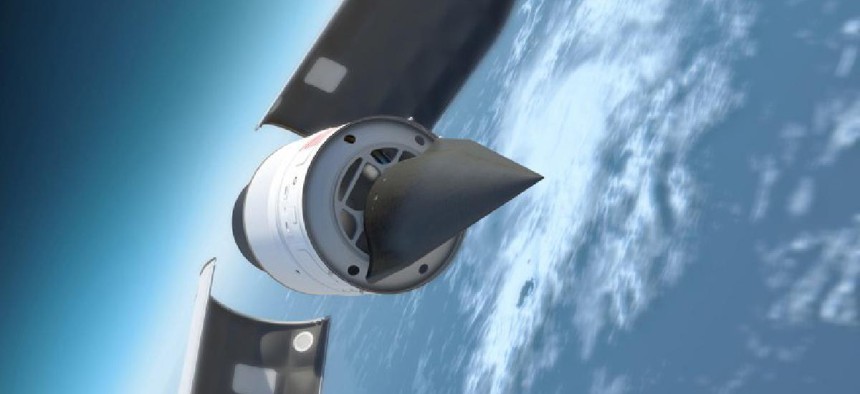Diverted border wall funding may impact weapons testing
The White House has diverted billions of Pentagon dollars for border wall funding at the cost of a new information systems facility at White Sands Missile Range in New Mexico.
Military construction funds initially intended to build a state-of-the-art information systems facility were diverted for border wall funding last year, and lawmakers worry weapons testing is at risk.
House Armed Services Committee members grilled top Army officials at a March 3 budget hearing about the impact $40 million in diverted military construction funds for a planned information systems facility at White Sands Missile Range in New Mexico would have on readiness -- and they didn't have an answer.
"You just told me how we need to invest in next-generation weapons, especially hypersonics missile testing, and that every dollar counts. Yet just last year, White Sands Missile Range lost $40 million in MILCON funding for a new consolidated information technology facility when those funds were redirected to the border wall," said Rep. Xochitl Torres Small (D- N.M.), vice chair of the House Armed Services Subcommittee on Tactical Air and Land Forces.
The original 1962-built facility sustained fire damage due to an "overloaded system," she said, and the new building was meant to support new weapons systems tests. Construction for the $72 million facility, $40 million for construction and $32 million for equipment, was set to start in 2019 and end in February 2022, the Las Cruces Sun News reported.
Defense Department budget documents with data current as of Feb. 20 show that White Sands Missile Range was approved for $40 million for fiscal 2019. Lines for that funding are omitted for fiscal years 2020 and 2021. New Mexico is slated to get $46 million in military construction and family housing funds for fiscal 2021, down from $92 million in 2019.
Gen. James McConville, the Army's chief of staff, testified that he had not discussed the impact the outdated facility posed or the extent to which research and testing of new weapons systems would be affected.
However, McConville said weapons due for testing would go to the facility with the best capabilities.
"As we put the tests together, with hypersonics and some of the other systems, they will go to tester with the appropriate amount of equipment to do that," McConville said.
But without a new facility, lawmakers are concerned that DOD could fall behind on its testing requirements.
"That is a crucial, crucial issue. I mean this is why the MILCON issues are important, they prepare us, they are a part of readiness. And in this case, the testing out there is enormously important to just about everything you do," said HASC Chairman Rep. Adam Smith (D-Wash.). "Getting that up to date is enormously important."
This article first appeared on FCW, a partner site with Defense Systems.






